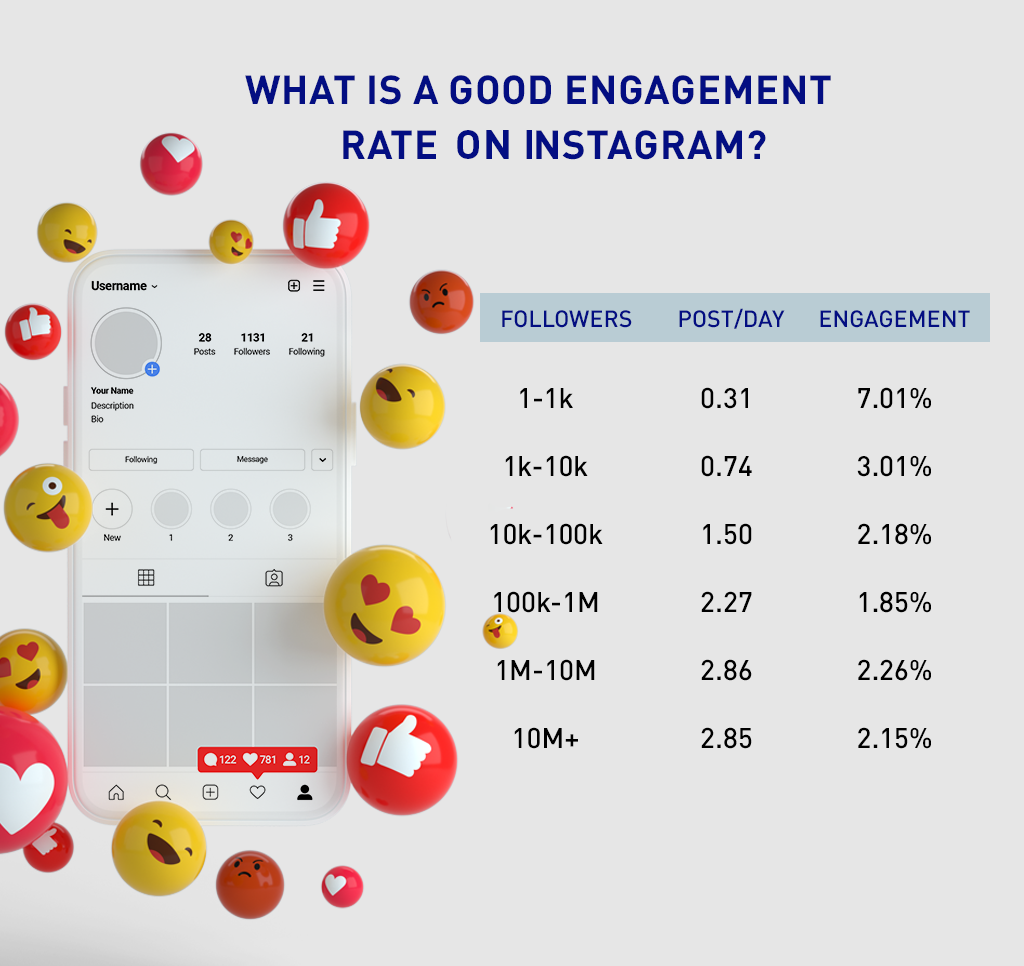 Glossary
Glossary
What is the engagement rate?
To see the results of the effort put into our social networks, we’ll always need different information depending on what we want to measure.
We always need to look at the reach of our posts, impressions, follower count, etc. It’s important to consider what interactions are generated by our posts (because that can give us a lot of answers for our marketing strategy). This is what we call engagement rate.

So, to be crystal clear, let’s specify what interactions you should consider when calculating the engagement rate:
- Likes
- Comments
- Shares
- Other clicks
- Photo view
- Link clicks
- Video play.
The engagement rate as a whole is difficult to measure. Putting all the brand’s metrics in a table and plotting a single algorithm that gives us one figure is quite complicated. But, for example, when doing a monthly report to compare results to other months and spotting what content works best, we should apply a formula to get the result of this engagement rate.
How to calculate the engagement rate?
It’s important to know that the formula is different for Facebook and Twitter. In one, we measure through reach, and the other is measured through impressions.
Facebook:
FormaTotal sum of interactions
————————————- x 100
Reach
FormaTotal sum of interactions
————————————- x 100
Impressions
What is a good engagement rate?
Let’s take the following image as an example of what we should aspire to on Instagram:

The result in both cases should be given as a percentage of the engagement rate or interaction rate.
Why should we calculate the engagement rate?
Basically, the interaction rate is useful for analysing and optimising our marketing strategy.
A strategic plan to improve your brand’s engagement rate online helps guarantee that each interaction supports your digital goals. It’s not about posting for the sake of posting, but rather generating a valuable conversation that allows users to travel through the stages of the conversion funnel naturally.
The engagement rate of an organic post and a paid pose will always be very different. Obviously, social networks give more benefits to those who invest money, and so the reach of an organic post hardly has visibility outside the brand’s community. However, the paid post will reach the segmentation you choose.
To finish off this post we want to quote Brian Solis with a sentence we should all keep in mind: “to achieve engagement, you have to think like a human being, not like a marketing professional”.


